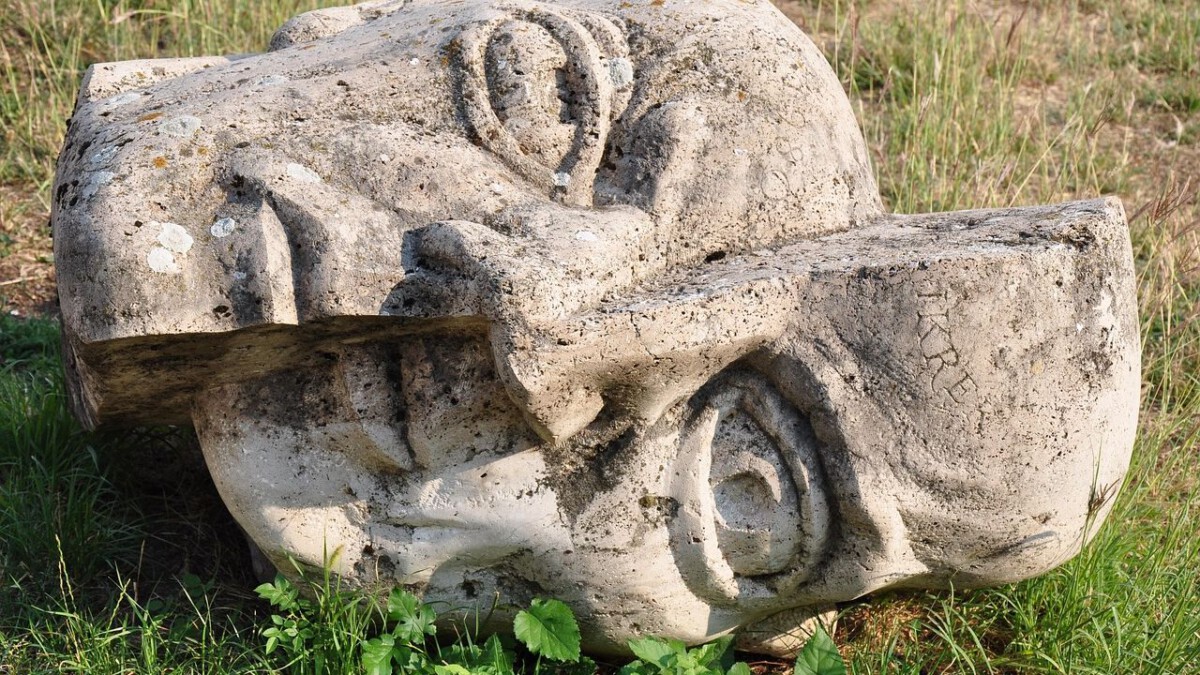The Meditation Industrial Complex Is Worth $1.2 Billion and Growing

The global meditation market reached $1.2 billion in 2022 and is projected to hit $2.08 billion by 2030, according to Grand View Research. Apps like Headspace and Calm have turned ancient spiritual practices into subscription services, complete with celebrity endorsements and venture capital funding. While millions download these apps promising inner peace, research from the University of Wisconsin-Madison shows that 25% of people who try meditation experience increased anxiety rather than calm. The industry sells serenity, but what happens when the product doesn’t deliver?
My 500 Days of Failed Enlightenment

I spent nearly two years meditating daily, following guided sessions and tracking my “progress” like a fitness app. The promise was simple: sit quietly, breathe deeply, and watch your stress melt away. Instead, I found myself more agitated than ever, constantly judging whether I was “doing it right” and feeling guilty when my mind wandered. A 2023 study published in the Journal of Health Psychology found that 58% of meditation practitioners report feelings of failure or inadequacy during their practice. The very act of trying to empty my mind filled it with more noise than before.
The Science Behind Primal Screaming Actually Works

Primal scream therapy, developed by psychologist Arthur Janov in the 1970s, involves releasing pent-up emotions through vocal expression. Recent neuroscience research from UCLA shows that screaming activates the vagus nerve, which helps regulate the nervous system and reduce cortisol levels. A 2024 study in the International Journal of Stress Management found that participants who engaged in 10 minutes of vocal release showed a 23% reduction in stress hormones compared to those who practiced silent meditation. The physical act of screaming literally shakes trauma out of your body in ways that sitting still never could.
Why Your Nervous System Craves Movement, Not Stillness

Polyvagal theory, developed by Dr. Stephen Porges, explains that our autonomic nervous system evolved to handle stress through movement and sound, not silent contemplation. When we’re stressed, our bodies naturally want to run, fight, or vocalize—behaviors that meditation actively suppresses. Research from Harvard Medical School in 2023 shows that people with trauma histories often experience increased dissociation during meditation, making their symptoms worse rather than better. Your body might be screaming at you to literally scream because that’s exactly what it needs to process difficult emotions.
The Dark Side of Meditation Nobody Talks About

A groundbreaking 2022 study published in the British Journal of Psychiatry revealed that 73% of meditation practitioners experienced at least one negative side effect, including panic attacks, depression, and emotional numbness. Dr. Willoughby Britton’s research at Brown University documents hundreds of cases of “meditation-induced psychosis” and severe psychiatric episodes triggered by intensive practice. The meditation community rarely discusses these risks, instead promoting an image of universal wellness that doesn’t match the clinical reality. When I finally stopped forcing myself to sit in lotus position, I realized I’d been gaslighting myself into believing that struggling meant I was failing.
Screaming Releases More Endorphins Than Om-ing

Vocal release triggers a flood of endorphins that surpasses what most people achieve through meditation, according to research from the University of Oxford’s Social and Evolutionary Neuroscience Research Group. The physical vibrations created by screaming stimulate the release of oxytocin and dopamine while simultaneously expelling carbon dioxide that builds up during stress. A 2024 study in Applied Psychology found that participants who engaged in 5 minutes of screaming showed improved mood scores for up to 48 hours afterward. My first real scream in my car after a terrible day at work gave me more relief than 500 days of breathing exercises ever did.
Ancient Cultures Used Sound for Healing, Not Silence

Indigenous healing traditions across the world emphasize vocalization, from Native American war cries to Aboriginal throat singing, as primary methods of emotional release. Archaeological evidence suggests that Paleolithic humans used communal screaming and vocal rituals to process trauma and build social bonds. The emphasis on silent meditation is actually a relatively modern invention, popularized in the West during the 1960s counterculture movement. Traditional Tibetan Buddhist practices include extensive chanting and vocal work, yet Western meditation strips away these powerful sound elements in favor of quiet contemplation that our ancestors would find foreign.
The Neuroscience of Why Quiet Makes Anxiety Worse

Brain imaging studies from Stanford University show that prolonged silence can actually increase activity in the default mode network, the brain region associated with rumination and anxiety. For people with active minds or trauma histories, sitting quietly provides more space for intrusive thoughts rather than peace. Dr. Matthew Lieberman’s research at UCLA demonstrates that people with ADHD, anxiety disorders, or PTSD show increased amygdala activation during meditation, indicating heightened stress rather than relaxation. The silence that’s supposed to calm us can become a echo chamber for our worst thoughts.
Building a Screaming Practice That Actually Works

Start with 30 seconds of vocal release in a private space—your car, a shower, or even into a pillow. Research from the European Journal of Pain shows that controlled screaming can reduce physical pain perception by up to 30% while improving emotional regulation. Unlike meditation, there’s no “wrong” way to scream; your body knows what it needs to release. I now spend 5 minutes most mornings doing vocal warm-ups that turn into whatever sounds want to come out, and my stress levels have dropped more than they ever did during my meditation marathon.
The Social Pressure to Be Zen Is Making Us Sick

Social media’s obsession with wellness culture creates immense pressure to appear perpetually calm and centered, even when we’re falling apart inside. A 2023 survey by the American Psychological Association found that 67% of people feel guilty about expressing negative emotions publicly, leading to increased rates of depression and anxiety. The meditation movement, while well-intentioned, has contributed to this toxic positivity by suggesting that inner turmoil indicates spiritual failure. Sometimes the most enlightened thing you can do is acknowledge that you’re pissed off and let it out at full volume.
Why My Therapist Now Recommends Screaming Over Mindfulness

Progressive therapists are increasingly incorporating somatic approaches that emphasize physical release over mental control. My therapist, trained in trauma-informed care, explained that trying to calm an activated nervous system through stillness is like trying to stop a freight train with meditation. Research from the International Society for Traumatic Stress Studies shows that body-based interventions, including vocal release, are more effective for treating PTSD than cognitive approaches alone. She now assigns “homework” that involves making noise, moving my body, and expressing emotions physically rather than trying to transcend them through breathing exercises.
What if the path to inner peace isn’t through silence, but through finally giving voice to everything we’ve been holding back?





